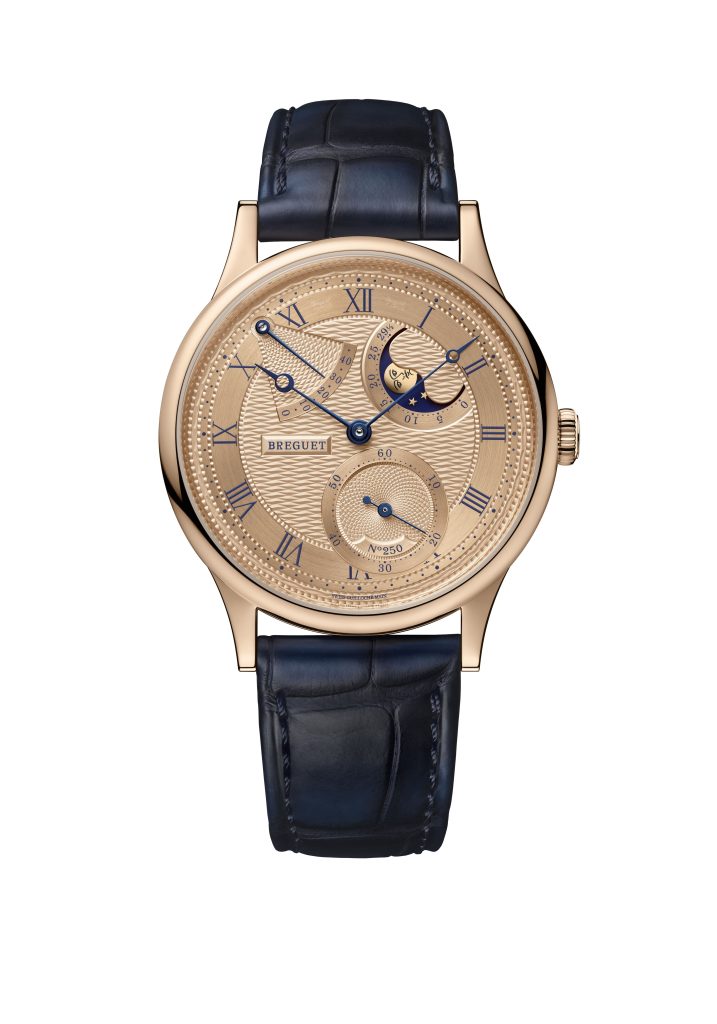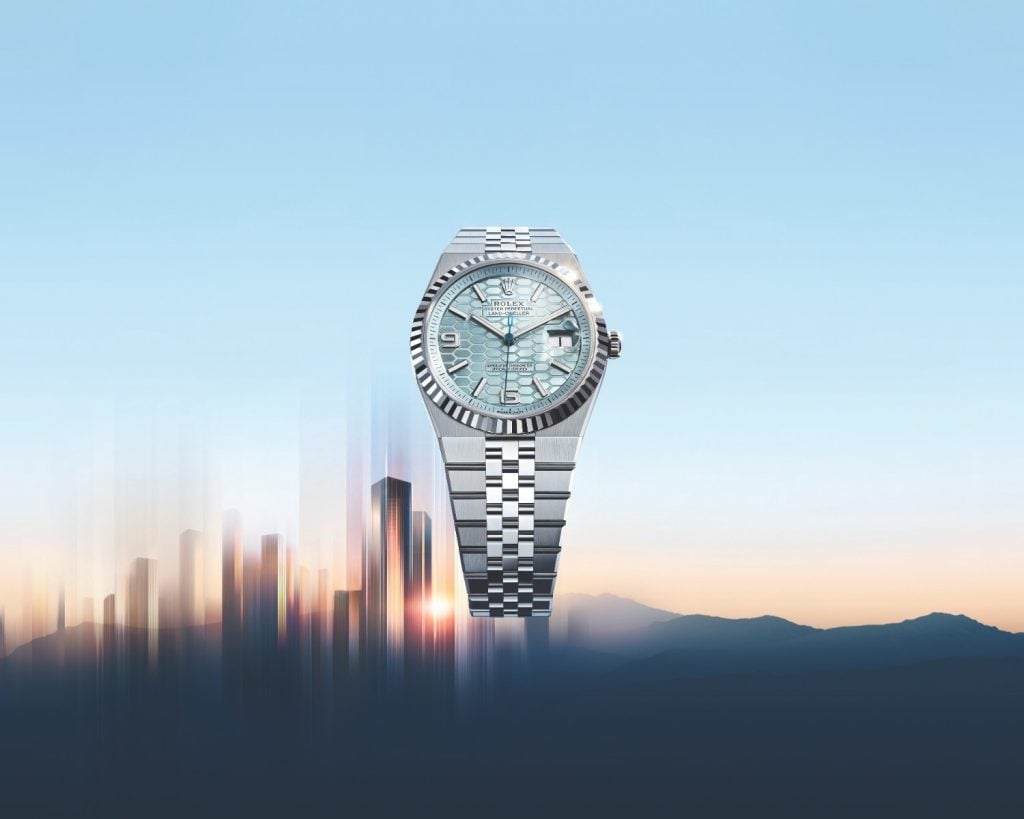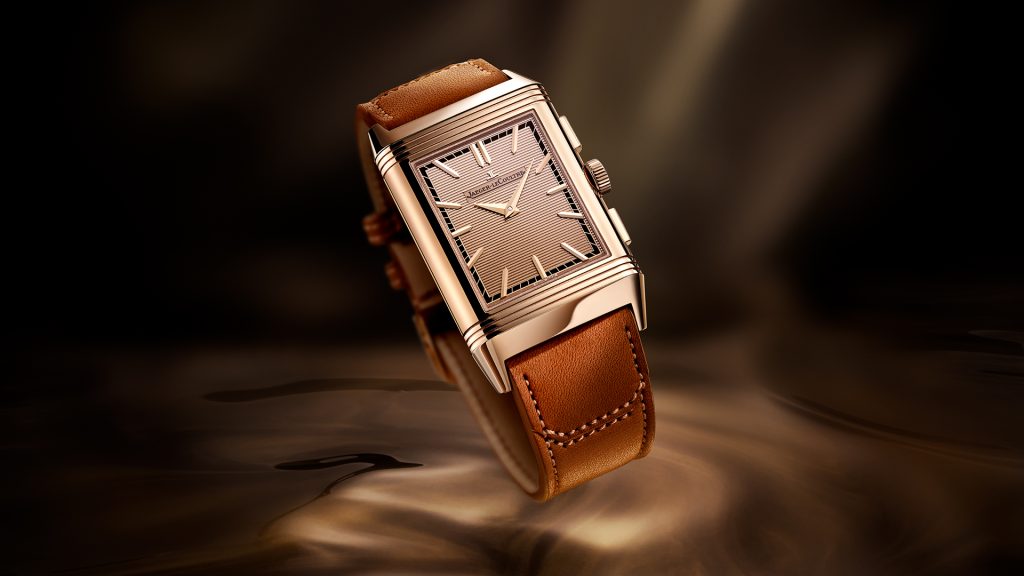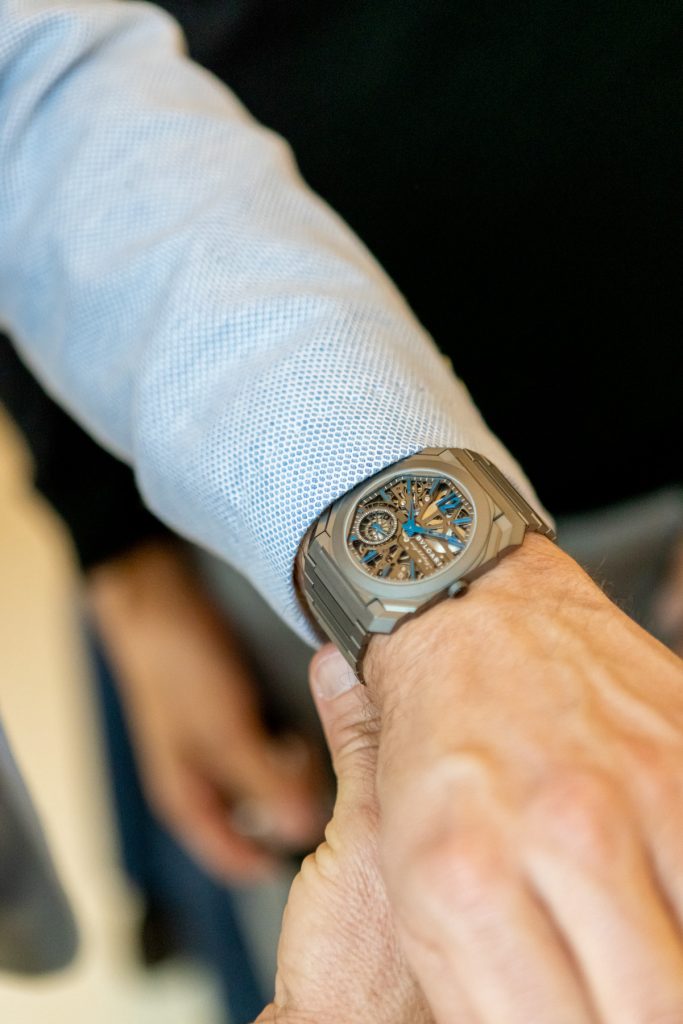A Collector’s Guide to the Most Popular Watch Case Designs
Discover the top five watch case designs every collector should know. From the timeless round case to the architectural octagon, this guide explores shapes, histories, and why these silhouettes remain icons in modern watchmaking
The case of a watch is far more than a protective shell — it’s the first impression, the design anchor, and the element that most clearly defines a watch’s personality. Long before a collector notices the movement inside or the complications on the dial, it’s the silhouette, the curves, the geometry, and the proportions of the case that speak the loudest. Shape dictates everything: how the watch sits on the wrist, how bold or subtle it feels, how light interacts with its surfaces, and even how the dial is framed and perceived. From sharp architectural lines to fluid contours and vintage-inspired profiles, the case is the foundation upon which the entire design language is built. It is the canvas that tells the story of a watch’s heritage, intention, and era — making case design one of the most important aspects for collectors who understand that great watchmaking starts from the outside in.
The Round Case

The round case is the king of watch design. It dominates for a reason: it’s functional, harmonious, and historically linked to the earliest pocket watches. Breguet’s Classique 7235BH/02/9V6 has a 39mm 18K Breguet Gold round case, polished bezel, crown at 3 o’clock. The dial is also crafted from 18K Breguet Gold, roman hour markers, moonphase at 2 o’clock, small seconds counter at 5 o’clock, and a power reserve indicator at 10:30. Powering the watch is calibre Calibre 502.3. DRL with a 45-hour power reserve.
The Tonneau Case

French for “barrel,” the tonneau case is a curvaceous alternative to the classic circle. Elongated, with tapered sides that swell at the center, the tonneau shape offers wrist-hugging comfort and a sculptural aesthetic. Rolex’s Land Dweller has a 40mm tonneau platinum case, lugs, a crown at 3 o’clock, and an ice blue honeycomb dial with a date window at 3 o’clock. Powering the watch is calibre 7135 with a 66-hour power reserve.
The Cushion Case

Somewhere between round and square sits the cushion case, a design beloved for its soft, pillow-like shape. It rose to prominence in military and diving watches of the early 1900s because its robust surface area allowed for oversized crowns, thick gaskets, and better water resistance. Favre Leuba’s Chief Date Royal Purple has a 40mm cushion-shaped stainless-steel case, and a purple dial with a date window at 3 o’clock. Deeper within, yet fully visible through the sapphire caseback, beats the FLD03 automatic movement, engineered in partnership with La Joux-Perret. Robust and refined, this caliber delivers unwavering precision and reliability along with a 68-hour power reserve.
The Rectangular Case

Rectangular watches tend to be slim, elegant, and inherently dressy. The Reverso Tribute Chronograph pays homage to the 1996 Reverso Chronograph, which created a new architecture for the integrated chronograph calibre. The 49.4 mm watch’s front/primary dial is time-only, with no second hand. Here, the dial has a pink gold surface that has been laser-engraved with horizontal lines spanning the width of the dial; this rectilinear geometry of the Reverso case amplifies the three horizontal gadroons above and below the dial. Set against this background are the signature Reverso Tribute design details: applied trapezoid hour markers, dauphine hands, and a chemin de fer minutes track. On the new dial, the minute track is highlighted in black. Pink gold can also be found on the crown at 3 o’clock, and on two chronograph pushers at 2 o’clock and 4 o’clock.
The Octagonal Case

The octagonal case is the rebel that became a legend. Introduced in the 1970s by visionary designers challenging the status quo, the octagon transformed luxury steel sports watches into aspirational design objects. The 40 mm timepiece has an octagonal case, a round bezel, and an octagonal inner bezel with a sandblasted titanium crown set with a black ceramic insert at 3 o’clock. The openworked dial has grey bridges, a barrel between 12 o’clock and 2 o’clock, and a small seconds counter with a spoked wheel. A power reserve indicator can be seen at 7:30. Powering the watch is a manual wound Calibre BVL 199SK with an eight-day or a 192-hour power reserve.
Why These Shapes Matter
Case shapes are more than stylistic preferences — they’re the fingerprints of watch design. They tell stories of eras, innovations, and design philosophies. Whether you’re building your first curated watch box or refining a seasoned collection, understanding these five iconic shapes helps you read the hidden language of horology. If movements are the heart of a watch, cases are its character — and knowing the difference is what turns an enthusiast into a true collector.